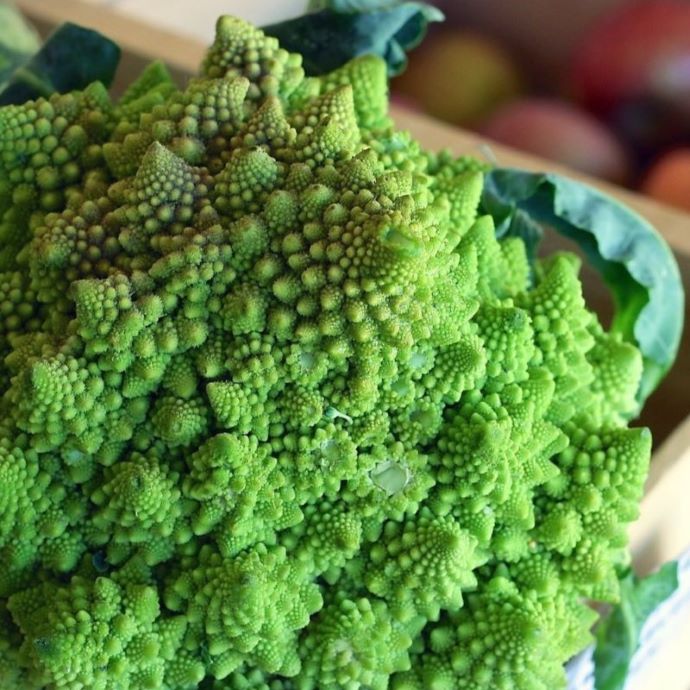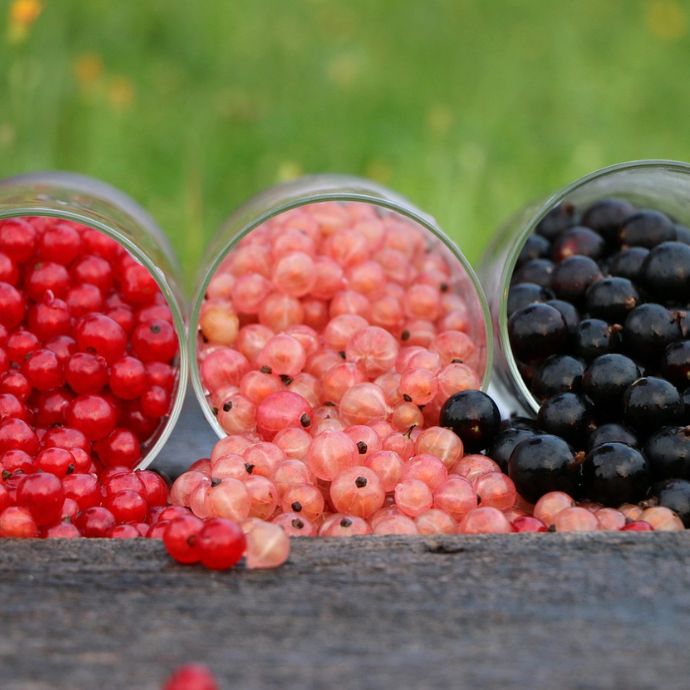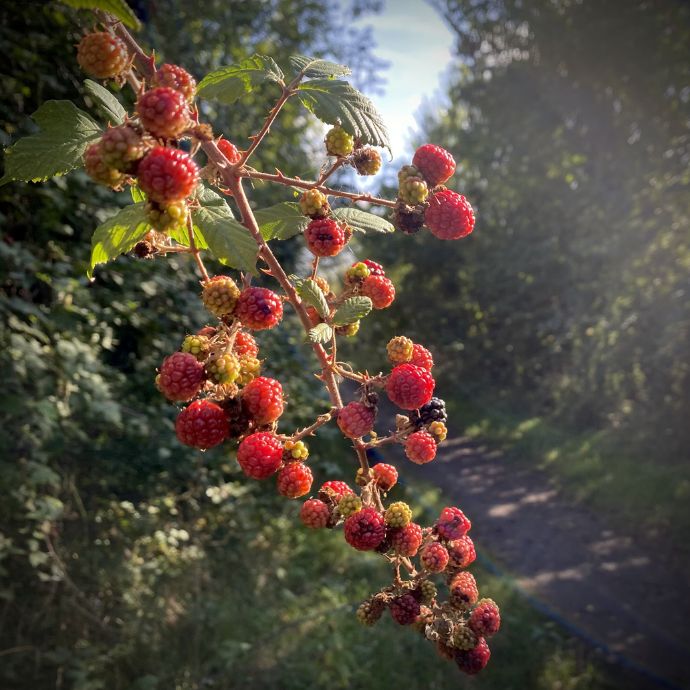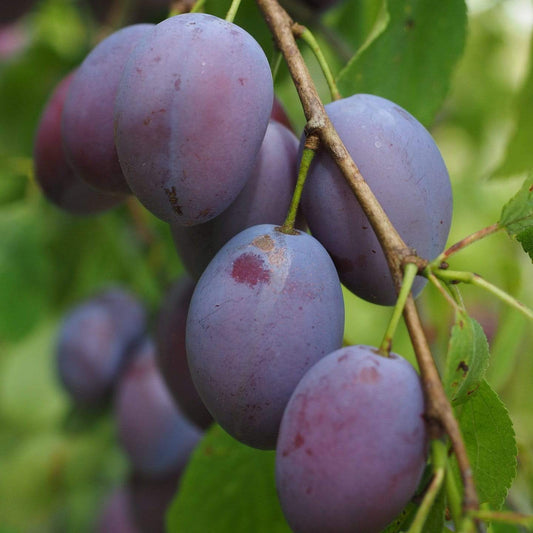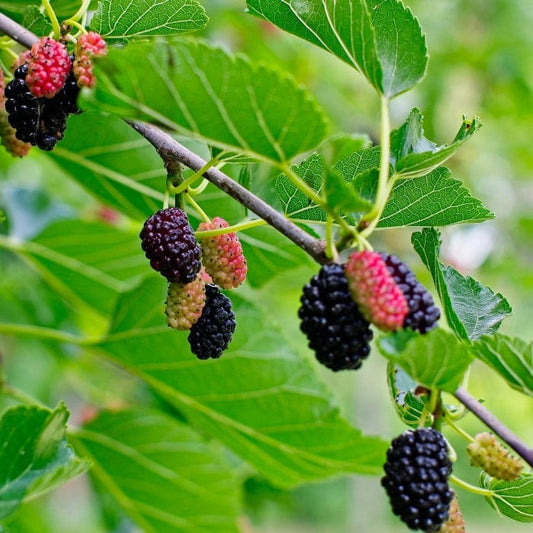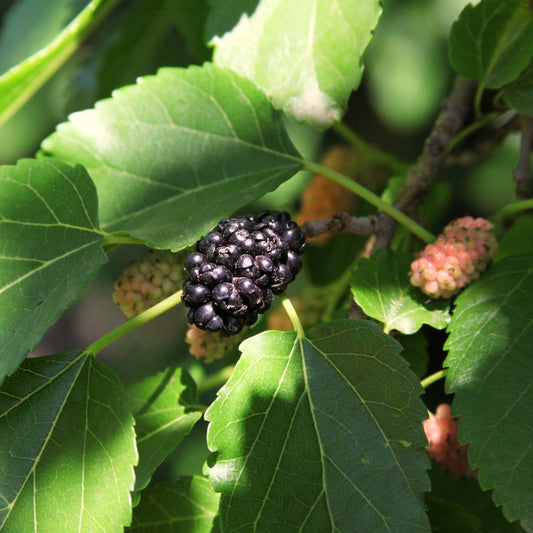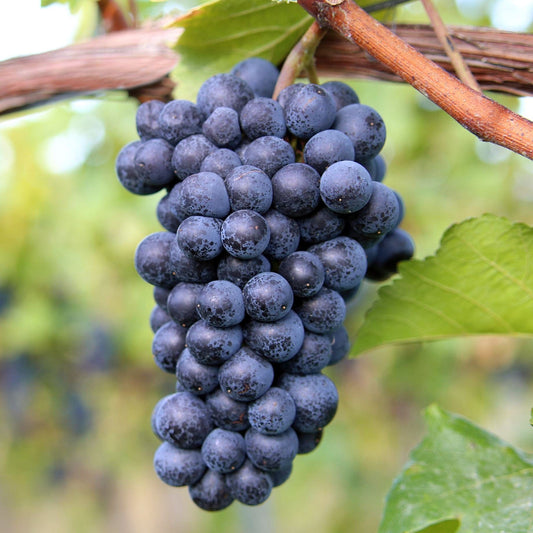Heritage Fruit Trees: Our Top 9 Recommendations
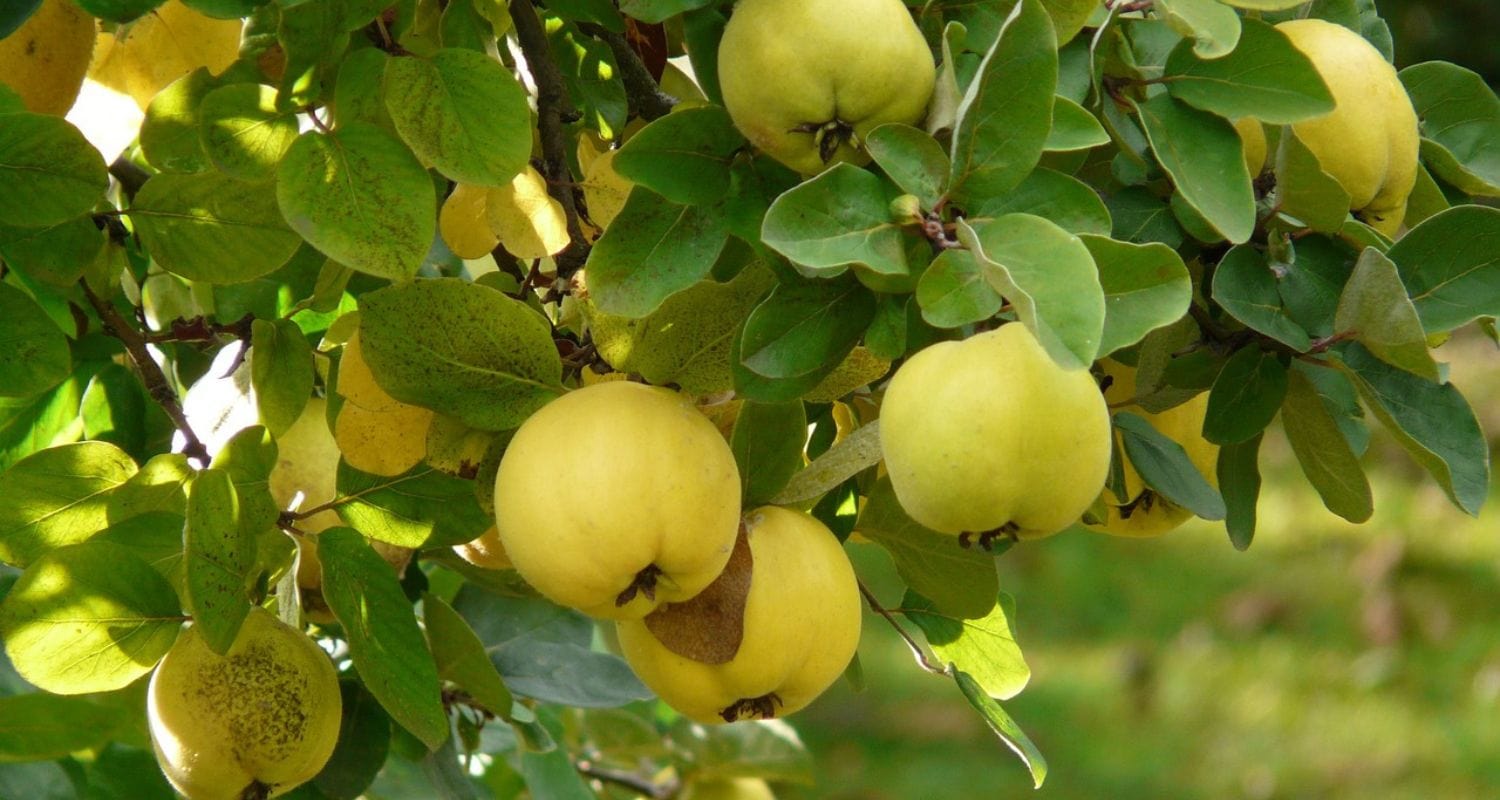
Want to grow a piece of history? Heritage fruit trees are those that were first cultivated centuries ago and grown for flavour rather than uniformity and easy transportation (like today’s commercial crops).
Heritage, or heirloom, fruit trees (or veg varieties) typically date back to before the 20th century, and have been passed down through families of growers, preserving their unique qualities. These are nine of our very favourite!
Jump to:
Why choose a heritage fruit tree?
Besides having something to talk about when your neighbours pop around uninvited, heritage fruit trees deserve their place in British gardens for a variety of reasons. Firstly, those trees that have stuck around for so long tend to have done so for a reason. Namely, because they're bloomin’ good. Sometimes, as they say, the old ways are the best.
What’s more, heritage fruit trees are often more distinctive and unusual than more modern varieties. Unfortunately, this sometimes ends up working against these trees, rather than for them, because contemporary shoppers (understandably) want something they’ve heard of and trust.
For instance, if you’re stretched for time and trying to whizz around the supermarket at record pace, then you’re probably going to bank on something like a pack of ‘Gala’ apples, which you know, than you are taking the time to investigate other, more uncommon varieties. And this, by the way, is no shade at ‘Gala’, it’s a brilliant variety that we love dearly, but it doesn’t have the story or history that heritage varieties do.
‘Bloody Ploughman’, for instance – which we’ll be coming on to talk about later – has an unusual ribbed appearance and stained pink flesh, but the chances are supermarkets aren’t even going to stock heritage varieties like these, because they know that more uniform modern varieties are safer bets. It’s a crying shame in our opinion, and you can have something to say about it.
1. Quince | Cydonia oblonga
Variety: 'Portugal'
Thought to have first been introduced in the UK back in the early 17th century (1611, to be precise) by John Tradescent the Elder, a prestigious gardener who worked at Hatfield House, Salisbury House and the royal palace constructed on the site of St Augustine’s Abbey, ‘Portugal’ is a beloved heirloom quince variety.
Reliably producing tart yellow fruits that mellow beautifully when cooked, ‘Portugal’ has the quality to back up its historic credentials. Quinces became popular in England in the 13th century, when Edward I planted several trees at the Tower of London.
Quince paste (or membrillo) is a traditional Catalan accompaniment to Manchego cheese, and they’re also fantastic for jam, tarts, syrup and infusing in gin or vodka.

2. Medlar | Mespilus germanica
Variety: 'Nottingham'
Now, let’s get something out of the way before we go any further. Medlars aren’t exactly the prettiest fruits. In fact, they used to be referred to as – and we’re quoting here so don’t blame us for the vulgarity – the open-arse fruit. Combine this with the fact that they’re best eaten when semi-rotted (or bletted) and you’d be forgiven for perhaps wanting to give this tree a miss. But(t). You shouldn’t, and here’s why.
Medlars make amazing jams and fruit ‘cheeses’ (a bit like quince membrillo) and the trees themselves are absolutely lovely. The fruit was even incorporated into the government’s Dig for Victory advice during WW2, under the jam and jelly making section.
Medlar trees were thought to have been introduced in Britain by the Romans, and then continued to be cultivated in Mediaeval times, but the ‘Nottingham’ medlar was initially referenced in the 1770s. That’s still over a quarter of a millennium ago!

3. Damson | Prunus insititia
Variety: 'Shropshire Prune'
Now, I may be biassed in liking this particular variety, Shropshire lad that I am, but even putting said bias aside, this is one heck of an heirloom tree. Damsons were first written about in the UK in the 17th century, while the trees were thought to have been originally introduced to our shores by the Romans.
‘Shropshire Prune’ trees were commonly planted and used in the 19th century to make dyes. The fruits themselves are utterly delicious when baked into a crumble, or used to produce jam.

4. Greengage | Prunus domestica
Variety: ‘Old Greengage’
Greengages originated from Armenia and entered this country in the late 1600s, via France, where they are known as Reine Claudes, after a 16th century queen. They have an outstanding sweet, honeyed flavour and can be eaten either raw or cooked. They’re best planted alongside another variety of plum, gage or damson as they’re not self fertile.
They take their gage name from Sir William Gage, 2nd Baronet of Hengrave, who was thought to have brought the fruits back to Britain. There are those who think that gages might have been growing in Britain even earlier than the 17th century, however, as some were found on Henry VIII’s flagship, the Mary Rose.
‘Old Greengage’ is reportedly the oldest gage still being grown today, and arguably boasts the best flavour of any plums. It’s a big claim, but when you’re as tasty as these gages are, who’s to argue?

Credit: Flickr
5. Mulberry | Morus nigra
Variety: ‘King James’
Here we go around the mulberry bush, the mulberry bush, the mulberry bush… Mulberry trees have been grown in the UK since Roman times – those Romans sure did bring a lot of stuff over with them – however they’re actually native to parts of southwest Asia.
The tree saw a particular peak in popularity when King James I wanted silk to be made domestically, and thought he could do so by planting thousands of mulberry trees, on the fruit of which silkworms could feed (and subsequently produce silk). It was the white and not the black mulberry, however, that the silkworms ate, and so ultimately the campaign was pointless – or should that be fruitless?
‘King James’ is, unsurprisingly given its name, a descendant of one of these trees! It bears hefty crops of juicy mulberries (which taste somewhat similar to blackberries) and produces lovely, heart-shaped foliage.

6. Apple | Malus domestica
Variety: ‘Bloody Ploughman’
In our view, the origin story of this apple is one that rivals even the greatest Marvel or DC superhero arcs. It’s the kind of story your grandad would tell you as a child, that perfect mix of morbid and magical that children want injected through an IV drip. Are you sitting comfortably? Then I’ll begin.
Back in the 1800s, a ploughman was caught by a gamekeeper while pilfering apples from the Megginch Estate, in Perthshire, Scotland. The groundsman, who’d clearly woken up on the wrong side of bed that morning, shot and killed the labourer. So much for an apple a day keeps the doctor away…
Going through her dead husband’s clothes after his body was returned, the ploughman's wife found some of the stolen apples sequestered within his pockets, which she promptly threw out onto the compost heap. Who can blame her? From one of these discarded apples, however, a seedling grew. A seedling that eventually went on to produce the iconic, highly distinctive apples we now know as ‘Bloody Ploughman’. This almost certainly didn’t happen – it’s just too good to be true – but frankly, who cares?
We’ve previously written about other heritage apple varieties, so make sure to check that out if you want more fun factoids, historical titbits and apples that taste of… Pineapple?

7. Pear | Pyrus communis
Variety: ‘Green Williams’
Also known as ‘Williams' Bon Chrétien’ or simply ‘Williams’, this pear has been grown since the 1760s, when a teacher named John Stair grew it in his garden; the pear was then taken on and grown by a nursery worker named Williams, from which the variety now gets its name.
An early-cropping pear, the fruit is delicious both eaten fresh and when poached, while the tree’s delightful white blossom attracts pollinators in their droves.

8. Plum | Prunus domestica
Variety: ‘Rivers Early Prolific’
Dating back to the early 19th century, ‘Rivers Early Prolific’ was first grown in Hertfordshire, by Thomas Rivers, who ran a family-established nursery, in Sawbridgeworth. His new variety was able to rival European varieties, and as the name would suggest, was a seriously heavy cropper.
With its sumptuous fruit, semi-weeping form and easiness to grow, this is one of our very favourite, not just heritage plums, but favourite plums full stop.

9. Nectarine | Prunus persica var. nectarina
Variety: ‘Lord Napier’
Another variety to have been developed at the Rivers nursery was the ‘Lord Napier’ nectarine. One of the nursery’s later varieties, having first been grown in 1860, this tree’s fruit are among the sweetest, most succulent nectarines you’ll find. Early-ripening and reliable even in cooler summers, there’s a good reason this is one of the country’s most popular varieties.

Final thoughts
There you have it! Some of the very finest heritage fruit varieties, ready for you to plant in your garden. Whether you want a murder-inspired apple, you’re dyeing for an old damson, or would like some crude humour in your back garden, there’s an heirloom tree out there waiting for you.
Last updated: 25/11/2024



